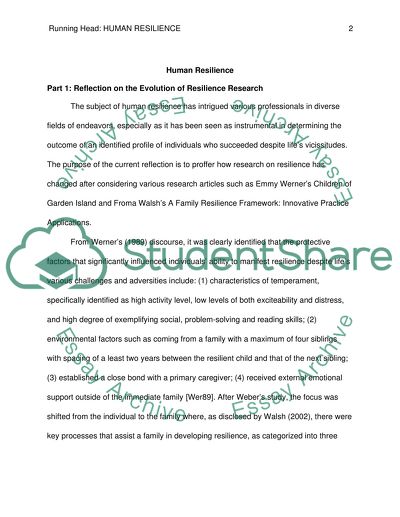Cite this document
(“The Definitions of Human Resilience Essay Example | Topics and Well Written Essays - 1500 words”, n.d.)
Retrieved from https://studentshare.org/psychology/1455743-human-resilience
Retrieved from https://studentshare.org/psychology/1455743-human-resilience
(The Definitions of Human Resilience Essay Example | Topics and Well Written Essays - 1500 Words)
https://studentshare.org/psychology/1455743-human-resilience.
https://studentshare.org/psychology/1455743-human-resilience.
“The Definitions of Human Resilience Essay Example | Topics and Well Written Essays - 1500 Words”, n.d. https://studentshare.org/psychology/1455743-human-resilience.


